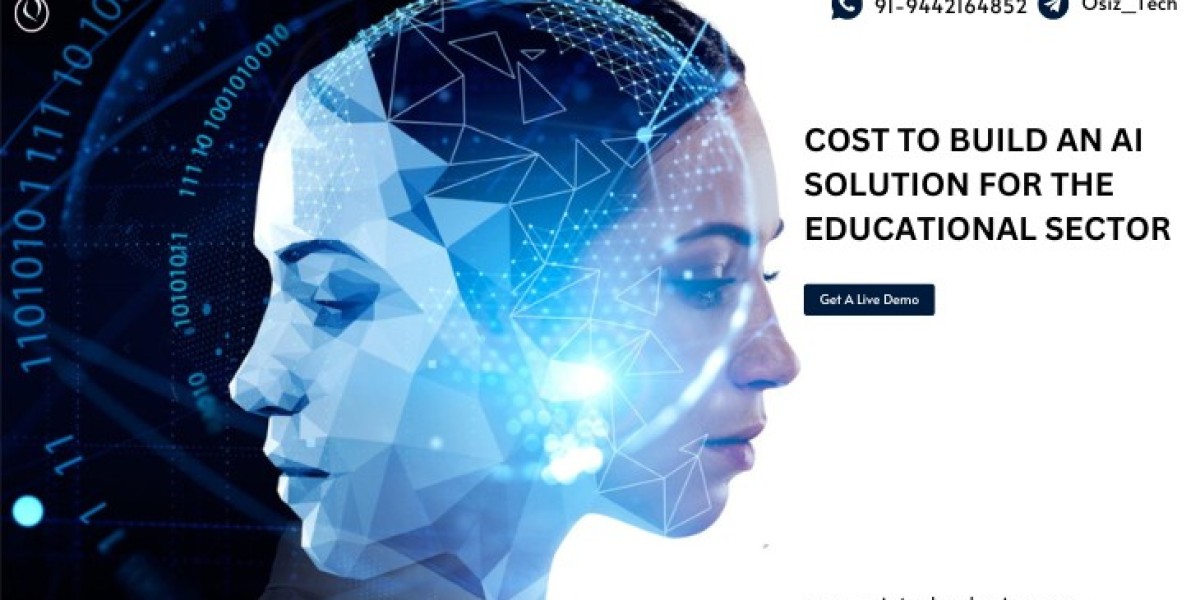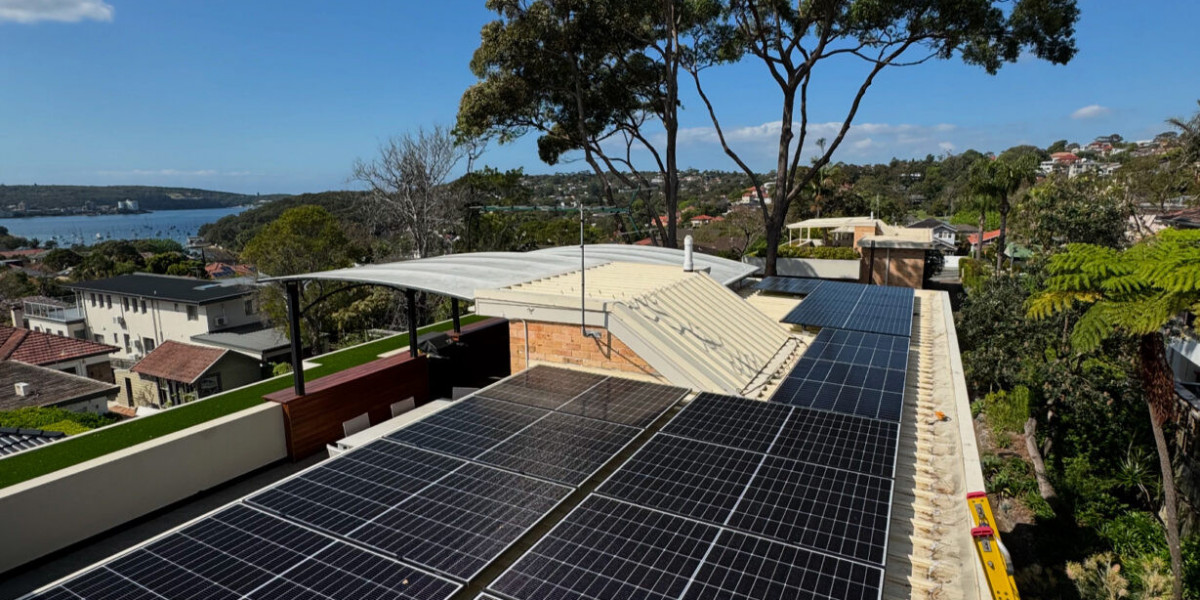Artificial Intelligence has made various advancements in the education sector. AI solutions in the educational sector provide a wide range of functionalities to enhance efficiency, to give an extraordinary learning experience and create various learning programs. In this blog, we will discuss the cost related to the development of AI solutions in the educational sector. We will be exploring the cost components, features, cost for developing AI solutions for staff, teachers, students and parents.
Exploring Cost Components of AI in the Education Sector
Understanding the costs associated with AI solutions in the educational sector involves examining key components from planning to ongoing maintenance.
1. Planning
Initial costs stem from defining the project scope, user needs, and conducting market research. Thorough planning aligns the solution with industry trends and user requirements.
2. Design
Investment in UI/UX design is crucial for user engagement. Costs vary based on design complexity and customization, often involving expert developers to create tailored solutions.
3. Development
The development phase is resource-intensive, involving front-end and back-end coding. The complexity of AI features affects development costs, which differ for native and hybrid applications.
4. Features and Complexity
Development expenses rise with the use of advanced AI technologies like machine learning and natural language processing. Complex implementations require specialized skills and additional development time.
5. Geographic Location
Development costs differ by region. Outsourcing to lower-cost locations can reduce expenses, but quality and communication must be managed carefully.
6. Level of Expertise Required
Highly skilled developers in software, data science, and AI are essential for creating high-quality solutions. Their expertise impacts overall costs.
7. Third-party Integrations
Integrating external services or platforms adds to the cost. Complex integrations and licensing fees require additional development work and expense.
8. Testing and Maintenance
Testing ensures stability and functionality, while maintenance covers updates and security patches. This phase typically accounts for 20%–50% of the initial development budget.
Cost Ranges for Different Types of EdTech Solutions
AI Powered Solutions for Students
Adaptive Learning Algorithms Feature:
Adaptive learning algorithms tailor educational content to suit the performance of each student. These AI powered systems examine patterns in learning and modify resources to cater to the specific requirements of every learner. The development and deployment of these algorithms usually range from $8,000 to $10,000 and they boost student involvement, enhance learning results and establish personalized learning journeys.
Chatbots and Virtual Tutors:
Chatbots and virtual tutors provide instant assistance to students, answering questions and explaining various topics around the clock. These resources are always available and provide ongoing support. The development cost for chatbots and virtual tutors generally ranges around $15k. They contribute to immediate help for students, reduce the workload for teachers, and boost student satisfaction.
Speech Recognition Tool:
Speech recognition technology helps students with disabilities or those picking up new languages by converting spoken words into written form. This tool can also assist in language learning apps. Incorporating speech recognition features typically involves costs between $18,000 and $23,000. The benefits include improved accessibility, enhanced language learning, and support for students with special needs.
Personalized Learning Recommendations Tool:
This AI feature suggests relevant study materials and resources based on student performance and preferences. The development cost for personalized recommendation systems is around $8k to $10k. It offers tailored learning resources, increases student engagement, and improves academic performance.
AI-Powered Simulations and Virtual Labs:
Simulations and virtual labs powered by AI offer real world, hands-on learning opportunities in a digital setting, which is especially advantageous for STEM education.Creating these simulations and labs typically costs around $20k. They facilitate safe experimentation, provide real-world learning opportunities, and enhance comprehension of difficult ideas.
Accessibility Enhancements Tool:
AI accessibility tools make sure that learning materials are accessible to every student, including those with disabilities. These tools come with functions like converting text to speech and vice versa. The implementation of these improvements usually amounts to approximately $12,000. They promote inclusive education, support students with disabilities, and ensure compliance with accessibility standards.
Content Generation Tool:
AI-driven content generation tools create and summarize educational content, including study notes, summaries, and full articles or essays. Creating tools for content production and summarization can set you back about $8,000. These tools streamline content creation, save time for students, and improve study materials.
AI Driven Solution for Teachers
Predictive Analytics Tool:
Predictive analytics tools help teachers identify students at risk of falling behind by analyzing historical data to forecast future performance. This allows for timely interventions. Development and implementation costs are around $9k. The tool enhances student outcomes, enables proactive support, and supports data-driven decision-making.
Behavioral Analytics Tool:
Behavioral analytics tools track student behavior and engagement by analyzing patterns in participation and interaction. Implementing these tools costs approximately $8k. They improve classroom management, provide insights into student engagement, and support tailored teaching strategies.
Dynamic Assessment Tools:
Dynamic assessment tools create adaptive tests that adjust in real time based on student responses, accurately measuring knowledge and skills. Building these tools costs around $15k. They provide accurate evaluations, individualized learning plans, and insightful data on student performance.
Real-Time Classroom Analytics:
Real-time classroom analytics provide teachers with live insights into student performance and engagement during lessons. These tools enable adjustments to teaching strategies on the spot and cost between $15k and $20k to implement. They deliver immediate feedback, enhance teaching effectiveness, and boost student engagement.
AI-Powered Lesson Planning:
AI-powered lesson planning tools assist teachers in crafting effective lesson plans by analyzing curriculum standards and student data to recommend optimal strategies and resources. Development costs range from $7k to $15k. They facilitate individualized teaching strategies, expedite lesson planning, and enhance student performance.
Teacher Assistants and Chatbots:
Teacher assistant chatbots handle routine tasks such as answering common questions and managing classroom activities. Developing these chatbots costs around $15k. They reduce teacher workload, improve classroom management, and provide immediate support for students.
Voice-to-Text Solutions:
Voice-to-text solutions transcribe spoken words into text, aiding in lecture notes creation, transcribing classroom discussions, and supporting students with disabilities. Implementing these solutions costs approximately $12k. They enhance accessibility, streamline note-taking, and support diverse learning needs.
AI Powered Solution for Staffs and Parents
AI-driven Enrollment and Admission Systems:
Enrollment and admission systems powered by AI automate the gathering, validation, and decision-making processes to make the application procedure more efficient. The expenses for their development and deployment vary between $7,000 and $10,000. These systems provide quicker processing, fewer mistakes, and a better overall experience for applicants.
Intelligent Scheduling Systems:
Smart scheduling systems leverage intelligence to improve class timetables, room allocations, and resource distribution taking into account different limitations and preferences. The typical cost of implementing these systems is about $8000. They optimize resource usage, reduce scheduling clashes, and streamline processes.
Plagiarism Detection Tool:
AI-powered plagiarism detection tools analyze student submissions and compare content against a vast database to identify potential plagiarism. Developing and implementing these tools costs about $5k. They support academic integrity, reduce manual checking, and provide immediate feedback.
Automated Progress Reports Tool:
Automated progress reports tools use AI to generate detailed updates on a child’s academic performance, attendance, and behavior. Development and implementation costs generally range around $10k. These resources strengthen communication between parents and schools, increase parental involvement, and offer timely information.
Adaptive Parental Guides:
Adaptive parental guides leverage AI to offer personalized advice and resources based on a child’s academic progress and behavioral patterns. Development costs for these guides can range from $10k to $100k. They provide targeted support, boost parental involvement, and contribute to better student outcomes.
On the Final Note
The enhancement of AI powered solutions in the educational industry not only improves the learning experiences of students but also provides a novel teaching technique. By understanding the above cost for implementing AI in education industry you can build a cost effective AI solution with the leading AI Development Company like Osiz. Our AI projects are successful because we prioritize security, quality, and maintenance.









